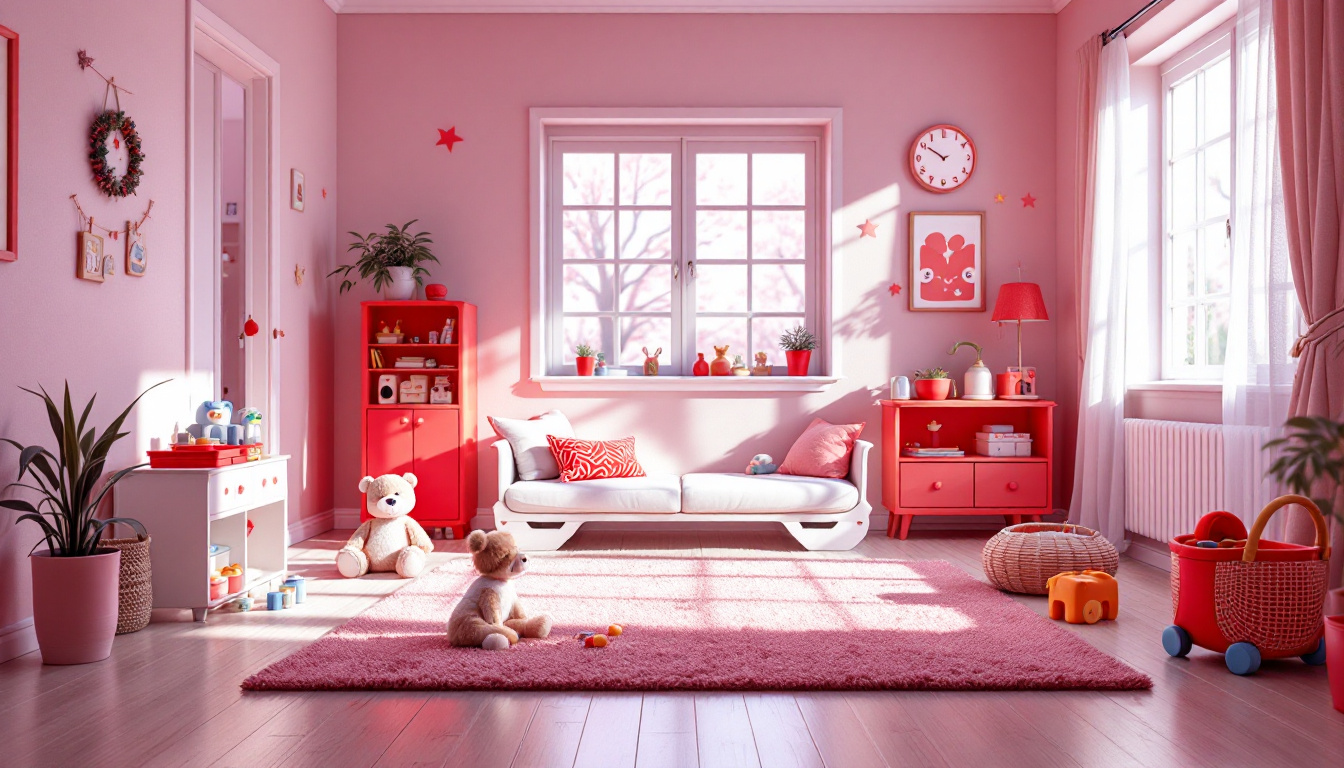
The Benefits of Art Therapy for Children
Discover the benefits of art therapy for children and how it enhances their emotional, cognitive, and social well-being.

The Power of Art Therapy for Children's Well-being
Art therapy plays a significant role in promoting children's overall well-being. This therapeutic practice utilizes creative expression to enhance emotional, cognitive, and social development in young individuals.
Understanding Art Therapy for Children
Art therapy combines psychology and art techniques to help children express their feelings. This approach allows them to communicate through visual media when words may fail. Art therapists are trained professionals who guide children in utilizing various art forms, such as drawing, painting, and sculpting, to explore their emotions and life experiences.
History and Evolution of Art Therapy
The origins of art therapy can be traced back to the early 20th century when psychologists began to realize the therapeutic potential of art in clinical settings. Initially, it was used primarily for adults. However, over time, the focus shifted towards children, recognizing that creative expression could significantly benefit their mental health and emotional needs.
The field has evolved through the years, integrating different psychological theories and practices. Art therapy is now widely recognized as an effective intervention for various psychological and developmental challenges faced by children.
Benefits of Art Therapy for Children
Art therapy offers numerous advantages for children's well-being. These benefits can be categorized into emotional, cognitive, and social aspects, as illustrated in the table below.
Art therapy is an essential tool in supporting children's mental health and development. By harnessing the power of creative expression, it provides a safe space for children to explore their emotions and grow.

Emotional and Mental Health Benefits
Art therapy provides numerous emotional and mental health benefits for children. Engaging in creative expression can significantly impact a child's overall well-being.
Expression of Emotions
Art therapy allows children to convey thoughts and feelings that they may struggle to articulate verbally. Through various art forms, they can express complex emotions such as sadness, anger, and joy in a safe environment. This process can facilitate understanding and processing of their feelings.
Stress Relief and Relaxation
Engaging in art activities can serve as a form of stress relief for children. The creative process allows them to focus on the task at hand, creating a calming effect. This mental distraction can help alleviate anxiety and provide a sense of relaxation.
Building Self-Esteem and Confidence
Art therapy can enhance a child's self-esteem and confidence. Completing a piece of art provides a sense of accomplishment and pride. Positive reinforcement from therapists and caregivers can further boost a child's belief in their abilities.
Through the exploration of emotions, stress relief, and the boost in self-esteem, art therapy serves as a valuable tool for supporting children's emotional and mental health.

Cognitive and Developmental Benefits
Art therapy offers notable cognitive and developmental advantages for children. Engaging in creative activities can positively impact various aspects of their growth, including enhancing creativity, improving problem-solving skills, and developing fine motor skills.
Enhancing Creativity and Imagination
Participation in art therapy stimulates children's creative thinking and imagination. By exploring different mediums and techniques, children learn to express their thoughts and feelings in unique ways. This form of expression encourages them to think outside the box and develop original ideas.
Improving Problem-Solving Skills
Art therapy can also enhance a child's ability to solve problems. As they experiment with different art forms, children encounter various challenges that require critical thinking and decision-making. This process helps them develop persistence, adaptability, and analytical skills.
Developing Fine Motor Skills
Art activities play a crucial role in developing fine motor skills. When children engage in tasks such as cutting, drawing, or painting, they refine their hand-eye coordination and dexterity. These skills are fundamental for everyday tasks and academic performance.
Exploring the cognitive and developmental benefits of art therapy reveals its significance in nurturing children's growth. Through creative means, children can enhance important skills that contribute to their overall well-being.

Social and Behavioral Benefits
Art therapy offers significant social and behavioral advantages for children, enhancing their ability to communicate, build relationships, and manage emotions.
Encouraging Communication and Social Skills
Art therapy provides children with a non-verbal medium to express themselves. Through creative activities, they can convey thoughts and feelings that may be difficult to articulate. This process facilitates communication skills, allowing children to engage with peers and therapists, thus promoting social interaction.
Fostering Empathy and Understanding
Participating in art therapy helps children develop empathy by allowing them to understand and appreciate different perspectives. By engaging in collaborative projects, they learn to consider the feelings of others, fostering a sense of community and cooperation.
Managing Behaviors and Emotions
Art therapy can aid in the regulation of behaviors and emotions. Through creative expression, children learn to recognize their feelings and develop coping strategies, which can lead to improved emotional resilience.
By integrating art therapy into their lives, children benefit socially and behaviorally, enhancing their ability to connect with others and navigate their emotions effectively.
Incorporating Art Therapy into Children's Lives
Integrating art therapy into children's routine can significantly enhance their overall well-being. There are several ways to introduce this beneficial practice, create a supportive atmosphere, and collaborate with professionals in the field.
Ways to Introduce Art Therapy
Introducing art therapy can be done in various settings, such as home, schools, or community centers. Here are some effective methods:
Creating a Safe and Supportive Environment
For art therapy to be effective, a nurturing environment must be established. Here are key elements to consider:
Working with Art Therapists or Counselors
Collaborating with qualified art therapists or counselors can enhance the effectiveness of art therapy. Here are ways to engage with professionals:
By incorporating art therapy into children's lives through these methods, they can reap the benefits that come from creative self-expression and emotional exploration.
Sources
https://www.georgetownbehavioral.com/expressive-art-therapy-for-children
https://psychiatristkolkata.org/unlocking-the-benefits-of-art-therapy-for-children
https://www.taishateal.com/children-in-foster-care-the-benefits-of-positive-art-therapy




























